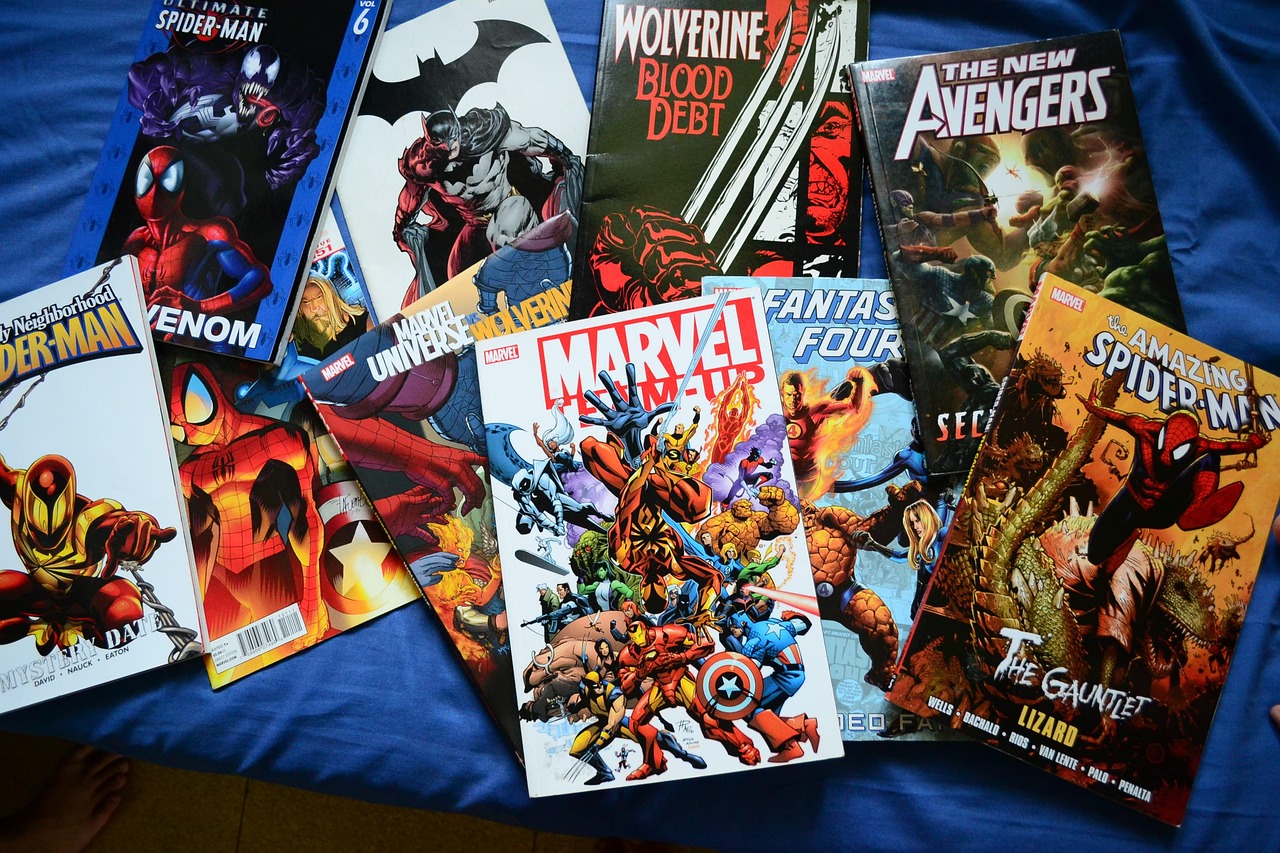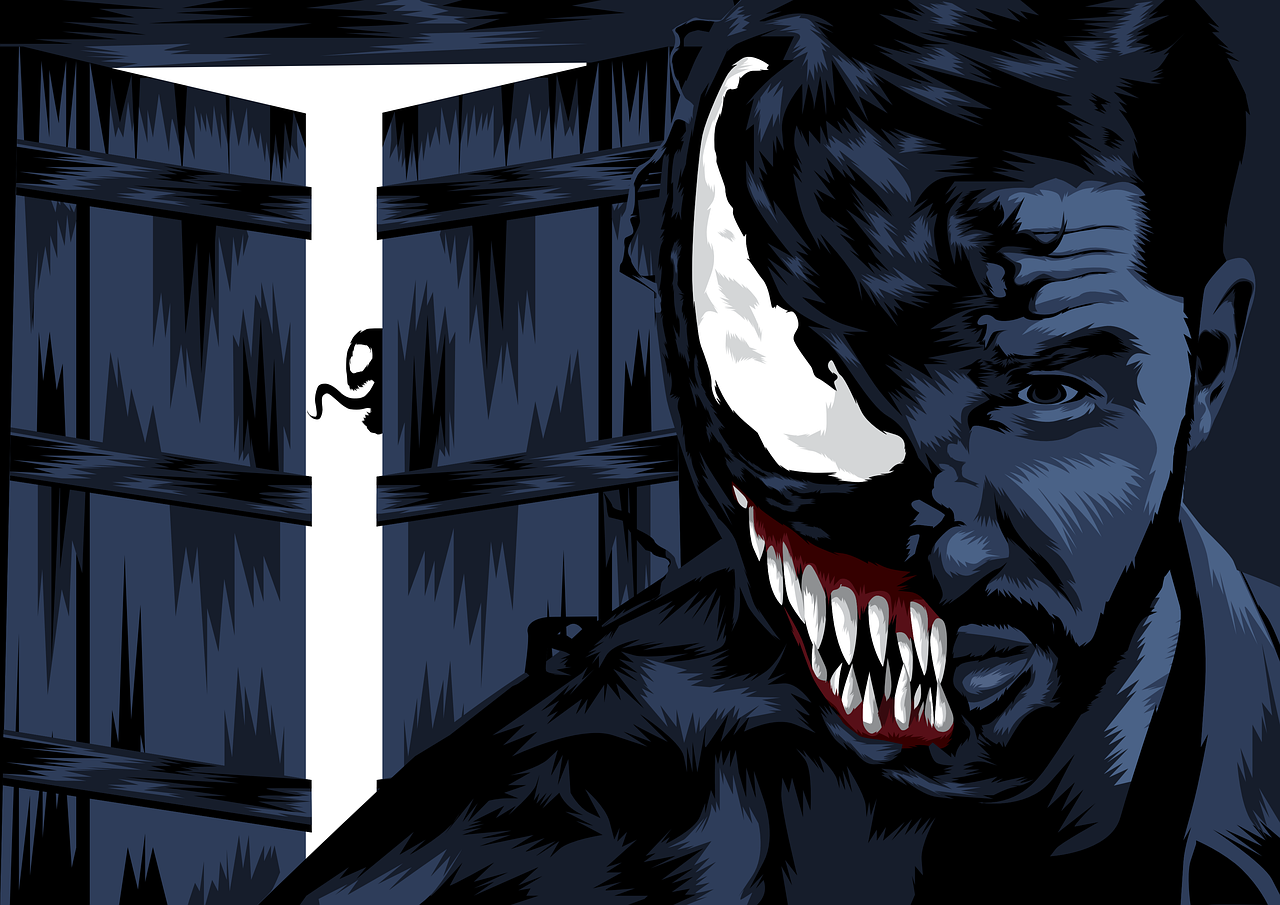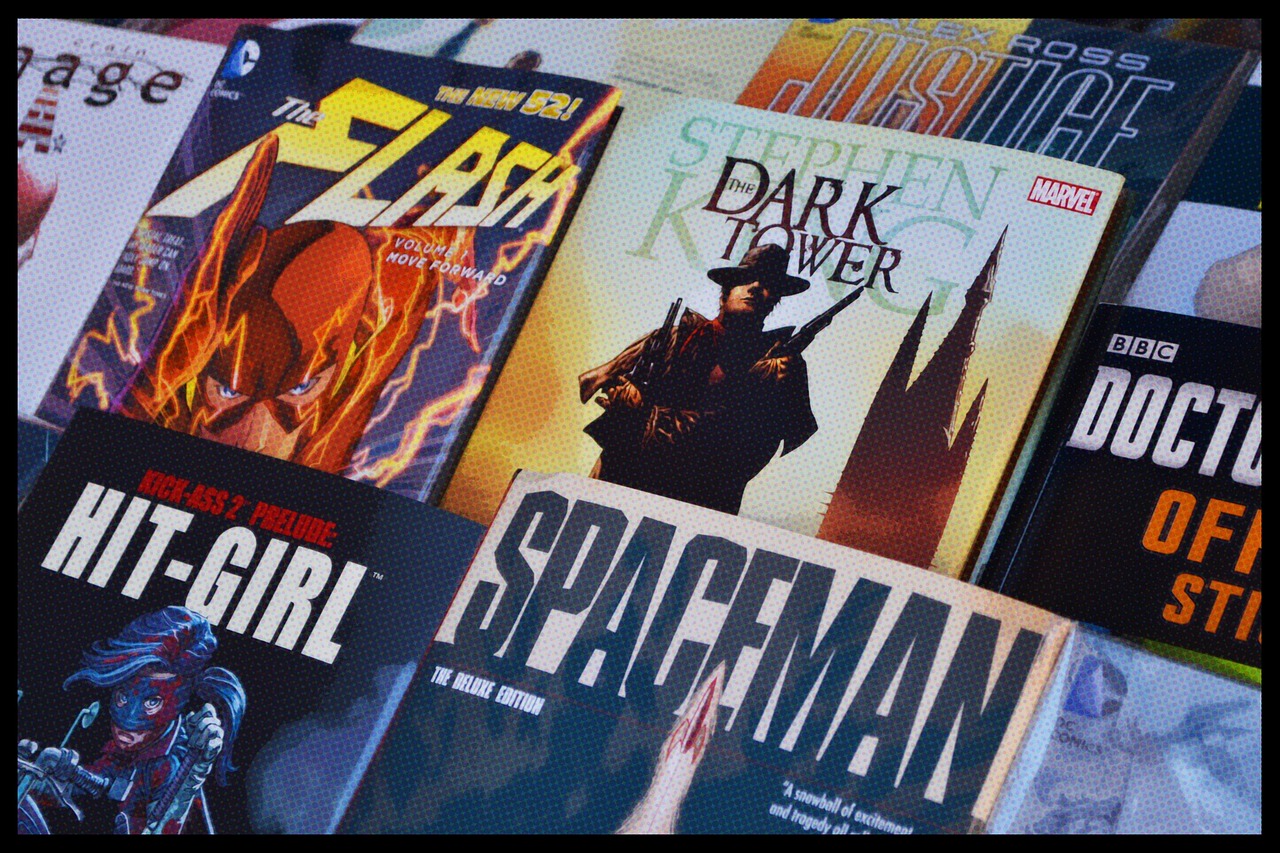The Cold Reality of the Best Batman Comics: Building What Google Can’t Touch
Across 80+ years and tens of thousands of pages, the best Batman comics compress crime fiction, psychological horror, and operatic heroism into tightly engineered arcs. A few books 1986–1997 in particular reshaped the character for film, games, and TV. If you want impact per hour, there are 96-page and 200-page classics that deliver; if you want a full-city epic, there are 2,000-page sagas that demand a weekend (or three).
You’re here to decide what to read first and what to skip. Below is a high-signal guide that matches your time, taste, and tolerance for continuity with specific books, clear trade-offs, and realistic reading commitments.
How To Choose “Best” Without Wasting Time
Start with three filters: tone, continuity barrier, and time budget. Tone ranges from detective noir (street-level crimes, grounded stakes) to mythic superhero (global threats, big fights) to psychological horror (internal demons, surreal art). Continuity barrier is a 0–3 scale: 0 means safe for newcomers; 1 assumes basic Batman/Joker knowledge; 2 expects familiarity with side characters (Robins, Oracle); 3 requires era-specific context. Time budget can be estimated at 45–60 pages per hour for most readers.
Match goals to form. If you want “origin and moral spine” with minimal homework, Batman: Year One is a 0-barrier, ∼96-page read. If you want “thematic thesis,” The Dark Knight Returns is a 4-issue, ∼190-page alternate-future that shaped countless adaptations. For a whodunit, The Long Halloween is 13 issues (∼380 pages) with monthly holiday framing. For psychological intensity in a single sitting, The Killing Joke is 46–48 pages (with content caveats). For a modern full-run sampler, pick a 10–12 issue arc like Court of Owls (∼250–300 pages).
Use this quick decoder: 2 hours Year One or The Killing Joke; 4–6 hours The Long Halloween or Hush; 10–12 hours Court of Owls plus City of Owls; 20+ hours Knightfall or No Man’s Land. If you read slowly, add 25%. If you dislike crossovers, avoid line-wide events and stick to self-contained trades labeled “Deluxe” or “Black Label.”
Two practical constraints: availability and spoilers. Older trades cycle in and out of print; newer “deluxe” hardcovers (larger art, 10–20% more page count) often cost $35–$50 MSRP, but standard paperbacks run $17–$25. Many digital storefronts discount single issues to $0.99–$1.99 during sales. If you value surprise, read Year One before Long Halloween (some character turns land harder), and read Court of Owls before later Snyder volumes to preserve reveals.
Canon Cornerstones: Five Essentials And Why They Matter
Batman: Year One (1987, Frank Miller/David Mazzucchelli; Batman #404–407). Four issues (∼96 pages) that recalibrate Batman as a fallible learner and co-lead with Jim Gordon. Continuity barrier: 0. Mechanism: stripped-down narration, clockwork cause-and-effect (every gadget and tactic has an origin), and decisive stakes (crime families, police corruption). Trade-off: the 1980s lens on gender and urban decay can feel dated; art’s muted palette is intentional, not glossy.
The Dark Knight Returns (1986, Frank Miller/Klaus Janson/Lynn Varley). Four double-length issues (∼190 pages) set in a near-future where an older Bruce returns from retirement. Continuity barrier: 1 (basic familiarity helps). Influence index: off-the-charts armored suit, media-panel storytelling, and a definitive Batman vs. Superman confrontation. Trade-offs: polarizing politics and satire; the sequel volumes are widely considered weaker. Ideal if you want form-shaping, not continuity-building.
The Long Halloween (1996–1997, Jeph Loeb/Tim Sale). Thirteen issues (∼380 pages) blending mob drama and a holiday-themed serial killer mystery, with a direct line to films that foreground the Falcone and Maroni families. Continuity barrier: 1. Strengths: clear suspect lists, escalating stakes, and an actual detective arc. Trade-offs: its sequel Dark Victory (another ∼380 pages) completes certain character beats; reading both doubles the time but clarifies motivations.
The Killing Joke (1988, Alan Moore/Brian Bolland) and The Black Mirror (2010–2011, Scott Snyder/Jock/Francesco Francavilla; Detective Comics #871–881, ∼300 pages). The former is a single-shot Joker story with a debated origin and a notorious attack on Barbara Gordon impactful but grim; continuity status of its details is mixed, though Barbara’s paralysis was canon for years. The latter features Dick Grayson as Batman, turning Gotham itself into the threat. Both are compact, art-driven, and atmosphere-first; both benefit from content warnings for psychological intensity.
Choose Your Flavor: Detective, Horror, Or Saga
Detective mode emphasizes puzzles and procedure. Hush (2002–2003, Loeb/Jim Lee; Batman #608–619, 12 issues) is a brisk tour of Batman’s rogues with kinetic art and a soap-operatic twist continuity barrier: 1–2, since it references many relationships. The Long Halloween remains the superior whodunit if you prefer a clear suspect pool and mob texture; Hush wins if visual spectacle and a greatest-hits feel matter. For a police-procedural angle with limited Batman, Gotham Central (2002–2006, Rucka/Brubaker/Lark; ∼40 issues) treats him as a disruptive variable in a realistic homicide unit great for readers who want grounded stakes.
Horror/psychology arcs put perception and identity under stress. Arkham Asylum: A Serious House on Serious Earth (1989, Grant Morrison/Dave McKean; ∼120 pages) reads like a fever dream experimental lettering, dense symbolism, and a house-as-mind metaphor. Continuity barrier: 1, but interpretive. Court of Owls (2011–2012, Scott Snyder/Greg Capullo; Batman #1–11) is a modern classic: a secret society re-maps Gotham’s history, with a labyrinth issue that literally disorients readers. Trade-offs: Arkham is short but opaque; Court is accessible but expands into tie-ins if you chase every thread.
City-shaping sagas reward long attention. Knightfall (1993–1994; multiple writers/artists; 3 thick volumes, ∼2,000+ pages) tracks an engineered gauntlet that breaks Batman physically and morally, then explores what happens when someone else wears the cowl. No Man’s Land (1999–2000; 5–6 trades, ∼2,000 pages) isolates Gotham after a cataclysm, turning neighborhoods into fiefdoms logistics, territory, and ethics drive the plot. Zero Year (2013–2014, Snyder/Capullo; ∼11 issues) modernizes Batman’s early urban-war approach. Trade-offs: these arcs take time and tolerate uneven tie-ins; stick to core titles if you want focus.
Modern On-Ramps And Buying Smart
If you want contemporary pacing and art, start with Batman (2011) #1–11 by Snyder/Capullo (Court of Owls, continuity barrier: 0–1), then optionally continue to Death of the Family (#13–17) if you’re comfortable with a horror-inflected Joker. For character-first storytelling, Batman (2016) by Tom King (#1–85 across arcs like I Am Gotham, I Am Suicide, and The War of Jokes and Riddles) foregrounds relationships and psychological costs read 1–15 as a pilot. For a crisp, self-contained blast, Chip Zdarsky’s Failsafe (#125–130, 2022) tests Batman against a contingency gone rogue, readable with minimal homework.
Collected formats affect cost and experience. Standard trades (150–250 pages) are the cheapest on-ramp at $17–$25 MSRP; deluxe hardcovers (oversized, 250–400 pages) run $35–$50 and showcase art better. Omnibuses (800–1,200 pages) and “Absolute” editions (oversized, premium paper) cost $100–$150; wait for retailer discounts of 30–45% if you’re price-sensitive. Digital single issues debut at $3.99 but frequently drop to $0.99–$1.99 during sales; libraries often stock the major trades and deluxe editions, which is an underestimated way to sample.
Smart sequencing minimizes confusion. A low-friction roadmap: Year One → The Long Halloween → The Dark Knight Returns (alternate-future palate cleanser) → Court of Owls → Black Mirror. If you prefer maximalist sagas, swap in Knightfall or No Man’s Land after Long Halloween. Skip ahead if an arc’s tone isn’t for you Batman supports modular reading; you won’t break the character by reading out of order.
Conclusion
Pick a lane, not a list: if you have 2 hours, read Year One; 6 hours, read The Long Halloween; a weekend, read Court of Owls or the first Knightfall volume. If you want art-forward horror, choose Arkham Asylum; if you want high-impact influence, read The Dark Knight Returns. Buy in the most comfortable format you’ll actually finish, and adjust your queue based on whether detective puzzles, psychological depth, or city-scale stakes keep you turning pages.


